MTB
Cross Country
Trail
-
)
Root Miller
Made for intense lines on technically demanding terrain Shop the bikede la 1.399,00 EUR
Downhill
Dirt
MTB Buyer's Guide
FAQ
Which MTB is best suited for beginners?
Hardtail mountain bikes are generally recommended for beginners, as they are easier to maintain, provide the best training in riding technique and offer good value for money. However, with concrete ideas and the necessary budget, you can also choose a fully as a beginner. We don’t recommend to start mountain biking on a downhill bike.
What equipment do I need for mountain biking?
The basic equipment includes helmet, glasses and gloves. Cycling shoes, suitable clothing (breathable and waterproof), optional knee pads and other protectors ensure additional safety. Don’t forget that most bikes are delivered without pedals.
How can I equip my MTB for long tours?
If you are going on longer tours, a water bottle or even a hydration pack will be useful. Also indispensable: Mini tool, pump and spare tube. You can store additional equipment or snacks in a frame bag, saddle bag or hip bag.
Which tyre width is suitable for my mountain bike?
The maximum tyre width is determined by your frame and is listed in the geometry table and the manual. The specifications for the fork may vary and can also be obtained from the manufacturer. Larger tyres offer more traction and comfort, while narrower tyres roll more easily.
What are the advantages of tubeless tyres for mountain bikes?
Tubeless tyres are ridden without a tube and are filled with sealant instead. This reduces rolling resistance and increases puncture protection, which is why you can ride them with less air pressure and thus increase traction and comfort.
What does the system weight mean for mountain bikes?
The system weight should not be exceeded and includes the total weight of the rider, the bike and any equipment or luggage. You can find information on the system weight in the manual of your bike. ROSE MTBs weigh between 110 and 130 kg, depending on the bike.
What are the advantages and disadvantages of an E-MTB?
E-mountain bikes have powerful electric motors that boost your pedalling and make it easier for you to ride uphill. Even long, steep climbs in rough terrain are suddenly doable with the E-MTB. On the one hand, this has advantages for less trained riders, but can also be useful if you have to cover long distances to reach the trail. Or if you want to complete your home round three times instead of just once – in the same amount of time.
The fact that not everyone is switching to an e-mountain bike is partly due to the higher purchase and maintenance costs, which can be explained by the additional technology and higher stress. In addition, the higher weight requires more physical effort in fast bends. And finally, many people's sporting ambition keeps them on a classic mountain bike – although you can also go all out on an e-MTB.
The fact that not everyone is switching to an e-mountain bike is partly due to the higher purchase and maintenance costs, which can be explained by the additional technology and higher stress. In addition, the higher weight requires more physical effort in fast bends. And finally, many people's sporting ambition keeps them on a classic mountain bike – although you can also go all out on an e-MTB.
Which wheel size is the right one?
The wheel size has a significant influence on the riding characteristics, handling, comfort and weight of a mountain bike. While small wheels are lighter, more manoeuvrable and quicker to accelerate, a larger wheel is more smooth-running, maintains speed better and rolls over obstacles more easily. Most mountain bikes today have 29 inch wheels, even if the smaller 27.5" size does have its advantages – sometimes even as a wheel mix.
26 inch: The classic from the early days of mountain biking is now a niche product. However, for dirt jump, where it’s mostly about jumps and tricks, the 26 inch wheels are still popular due to their agility and weight advantages.
27,5 inch: Also known as 650B, the 27.5 inch wheel size aims to be the perfect balance between agility and rollover behaviour. It can be ridden more playfully than a 29”, but still offers good running characteristics and reserves for technical trails. Especially for small frame sizes, 27.5-inch wheels are often the better choice.
29 inch: The large wheels roll confidently over obstacles and remain easy to control even at high speeds – ideal for long tours, fast descents and technical trails. 29 inch wheels have established themselves as the standard in almost all MTB categories, especially in the cross-country and downhill competition disciplines.
Mullet: The latest trend in downhill and enduro is mullet bikes, which combine a 29 inch front wheel with a 27.5 inch rear wheel. The mixed setup is designed to combine the advantages of both sizes: Smooth running and rollover behaviour on the front wheel – agility, playfulness and freedom of movement on the rear wheel.
26 inch: The classic from the early days of mountain biking is now a niche product. However, for dirt jump, where it’s mostly about jumps and tricks, the 26 inch wheels are still popular due to their agility and weight advantages.
27,5 inch: Also known as 650B, the 27.5 inch wheel size aims to be the perfect balance between agility and rollover behaviour. It can be ridden more playfully than a 29”, but still offers good running characteristics and reserves for technical trails. Especially for small frame sizes, 27.5-inch wheels are often the better choice.
29 inch: The large wheels roll confidently over obstacles and remain easy to control even at high speeds – ideal for long tours, fast descents and technical trails. 29 inch wheels have established themselves as the standard in almost all MTB categories, especially in the cross-country and downhill competition disciplines.
Mullet: The latest trend in downhill and enduro is mullet bikes, which combine a 29 inch front wheel with a 27.5 inch rear wheel. The mixed setup is designed to combine the advantages of both sizes: Smooth running and rollover behaviour on the front wheel – agility, playfulness and freedom of movement on the rear wheel.
What role does weight play on an MTB?
The weight influences the riding behaviour in several ways. A lightweight mountain bike is faster to accelerate, more agile in handling and easier to climb hills. Weight is less relevant for a downhill bike or e-MTB, but every gram counts for a fast cross country bike for long distances with a lot of metres in altitude. But weight is not everything: With modern geometries, the designers manage to equip even heavy enduro bikes with good climbing capabilities.
The following values give you a rough overview:
• Cross-Country: approx. 9–13 kg
• Trail/AM/Enduro: approx. 12–17 kg
• Downhill/Freeride: approx. 16–20 kg
• Dirt: approx. 10–14 kg
• E-MTB: approx. 17–26 kg
The following values give you a rough overview:
• Cross-Country: approx. 9–13 kg
• Trail/AM/Enduro: approx. 12–17 kg
• Downhill/Freeride: approx. 16–20 kg
• Dirt: approx. 10–14 kg
• E-MTB: approx. 17–26 kg
What is important for the components?
Once you have decided on an MTB, the question remains as to what equipment it should have. However, you do not need to know all the components in detail. The most important differences are listed here.
Shifting system: Single-speed drivetrains with 1x11 or 1x12 gears have prevailed. Except for: Downhill or dirt bikes. There are differences in weight, value and technical features. SRAM tends to shift more crisply, Shimano more smoothly. Although electronic gears are more expensive and battery-dependent, they are extremely fast, convenient and reliable.
Suspension: High-quality suspension forks and shocks offer better response behaviour and more options for fine adjustment. Suspension is by air pressure, heavy steel springs are only found on downhill bikes. Fox and RockShox are on an equal footing. While Fox offers more adjustment options in the premium range, RockShox relies on a reduced and easier to adjust setup.
Brakes: Hydraulic disc brakes are a must for mountain bikes. Depending on the intended use, larger or smaller brake discs and brake cylinders with two or four pistons are used. Differences usually arise with regard to the material quality, the weight of the brake and features such as lever width or pressure point adjustment on the brake lever.
Wheels: In times of twentyniners, BOOST hubs and wider rims, an MTB wheel has to strike a balance between lightweight construction, stability and stiffness more than ever. The best way to achieve this is with carbon wheels, which are quite expensive. Aluminium wheels, on the other hand, offer good value for money and impress with their robust construction.
Seat Post: The Vario or telescopic seat post is standard equipment on trail bikes. Lowering the saddle using the handlebar lever allows more freedom of movement on descents or flow trails. The control is effected mechanically, hydraulically or electronically by radio button. High-quality telescopic seat posts impress with their reliable, sensitive response behaviour.
You can also find further information of individual parts on the detail pages of the respective models. If you want to buy a mountain bike online and are still unsure, our customer service team will be happy to help you.
Shifting system: Single-speed drivetrains with 1x11 or 1x12 gears have prevailed. Except for: Downhill or dirt bikes. There are differences in weight, value and technical features. SRAM tends to shift more crisply, Shimano more smoothly. Although electronic gears are more expensive and battery-dependent, they are extremely fast, convenient and reliable.
Suspension: High-quality suspension forks and shocks offer better response behaviour and more options for fine adjustment. Suspension is by air pressure, heavy steel springs are only found on downhill bikes. Fox and RockShox are on an equal footing. While Fox offers more adjustment options in the premium range, RockShox relies on a reduced and easier to adjust setup.
Brakes: Hydraulic disc brakes are a must for mountain bikes. Depending on the intended use, larger or smaller brake discs and brake cylinders with two or four pistons are used. Differences usually arise with regard to the material quality, the weight of the brake and features such as lever width or pressure point adjustment on the brake lever.
Wheels: In times of twentyniners, BOOST hubs and wider rims, an MTB wheel has to strike a balance between lightweight construction, stability and stiffness more than ever. The best way to achieve this is with carbon wheels, which are quite expensive. Aluminium wheels, on the other hand, offer good value for money and impress with their robust construction.
Seat Post: The Vario or telescopic seat post is standard equipment on trail bikes. Lowering the saddle using the handlebar lever allows more freedom of movement on descents or flow trails. The control is effected mechanically, hydraulically or electronically by radio button. High-quality telescopic seat posts impress with their reliable, sensitive response behaviour.
You can also find further information of individual parts on the detail pages of the respective models. If you want to buy a mountain bike online and are still unsure, our customer service team will be happy to help you.
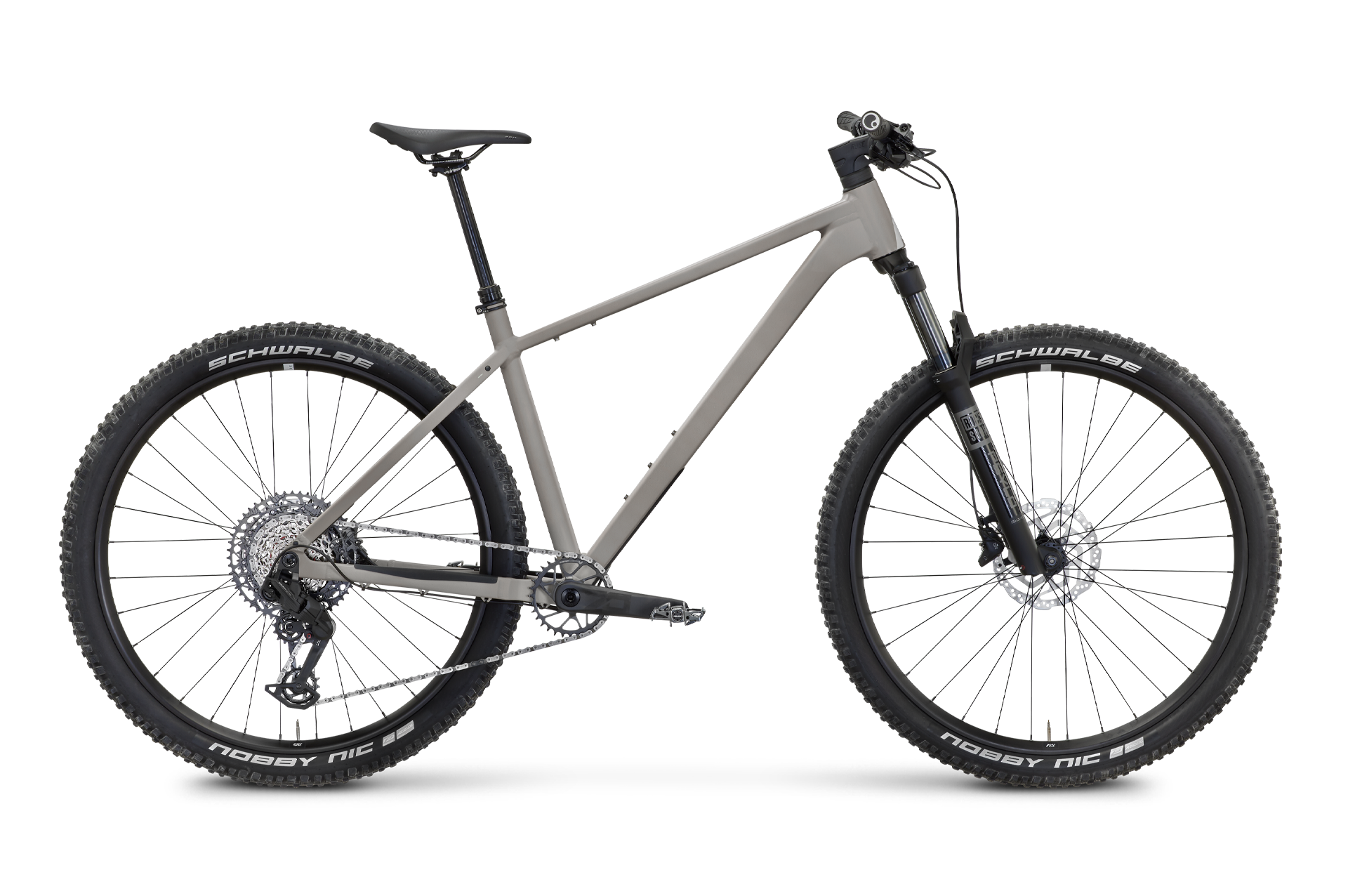)
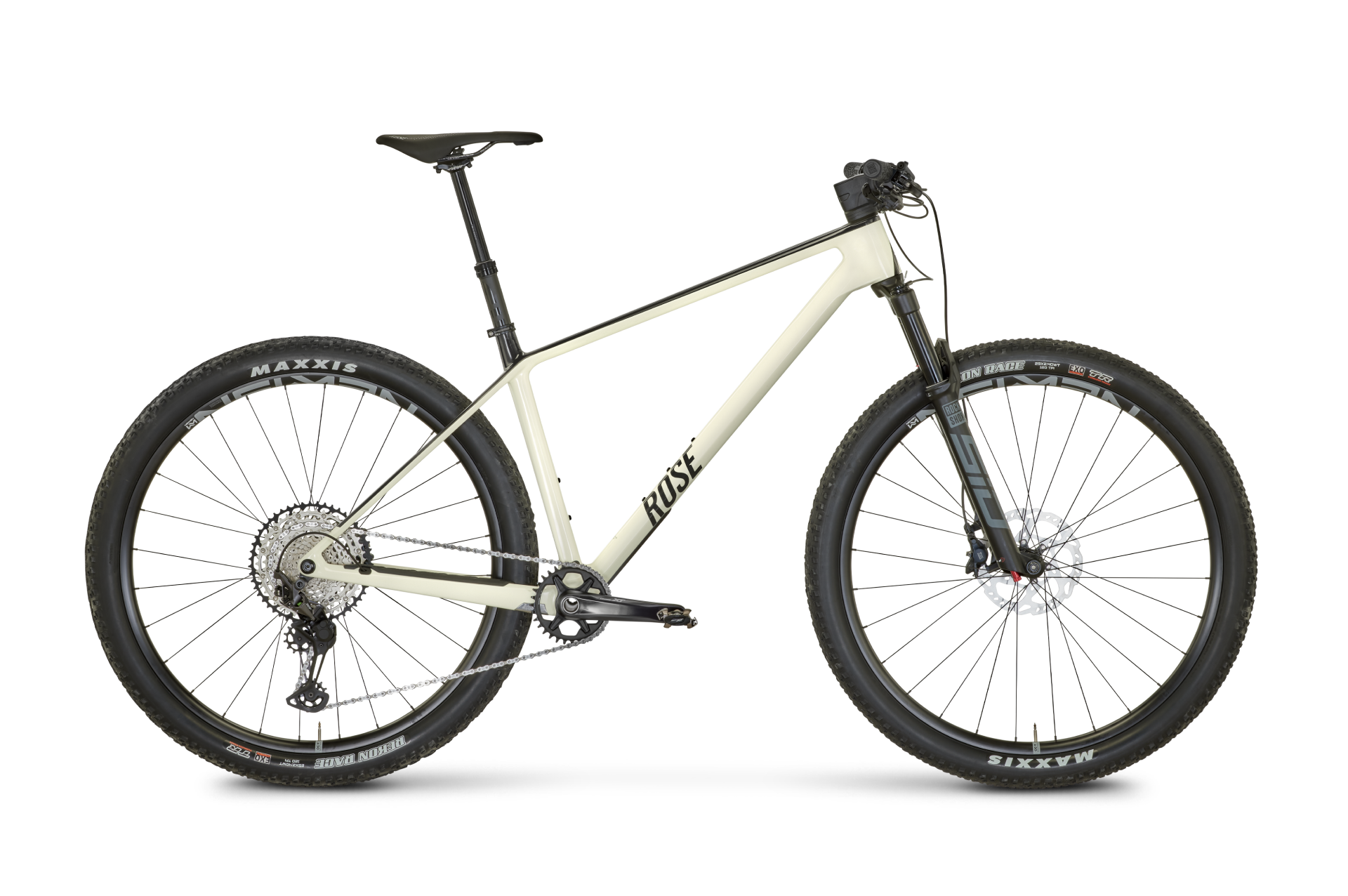)
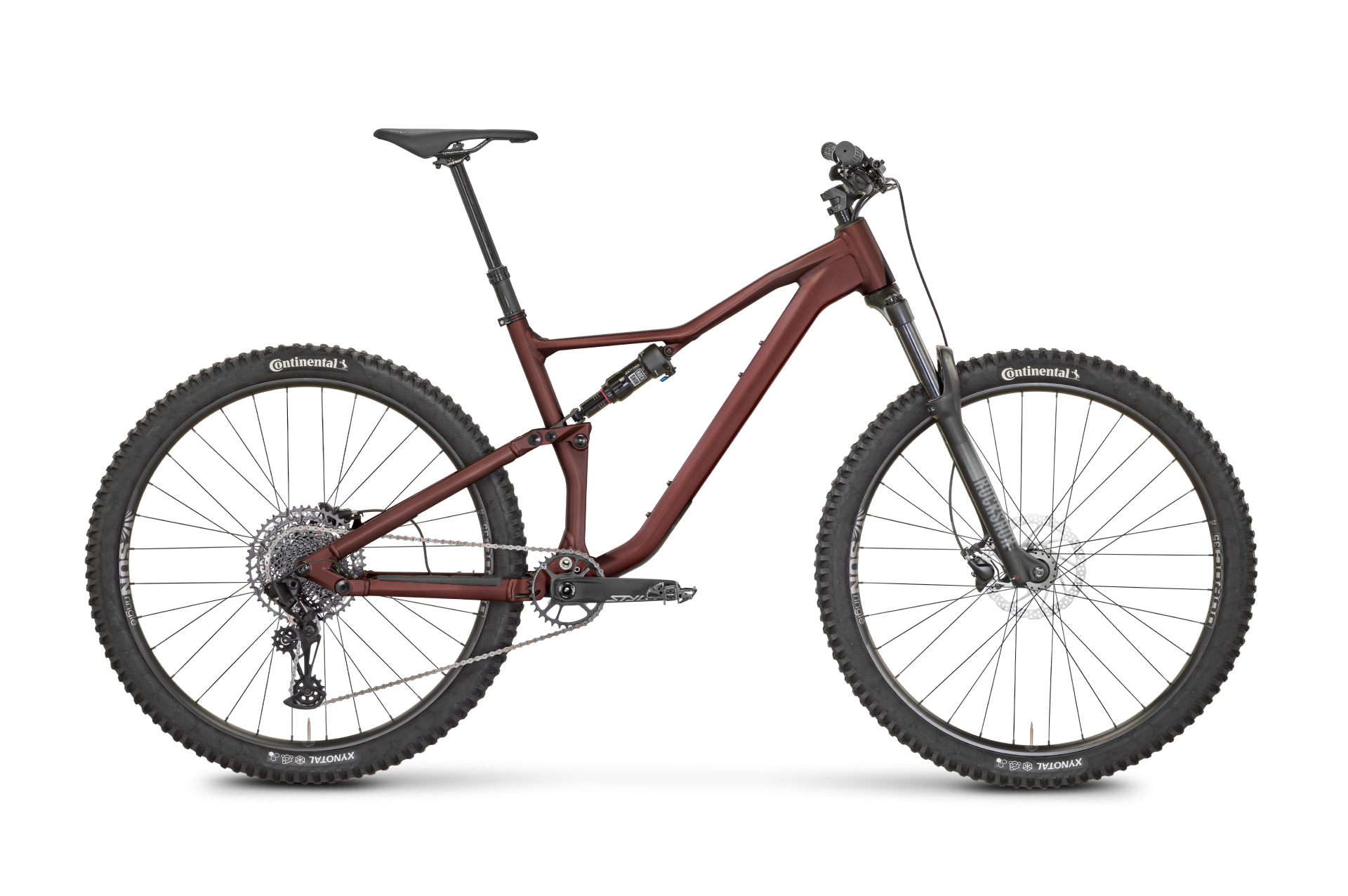)
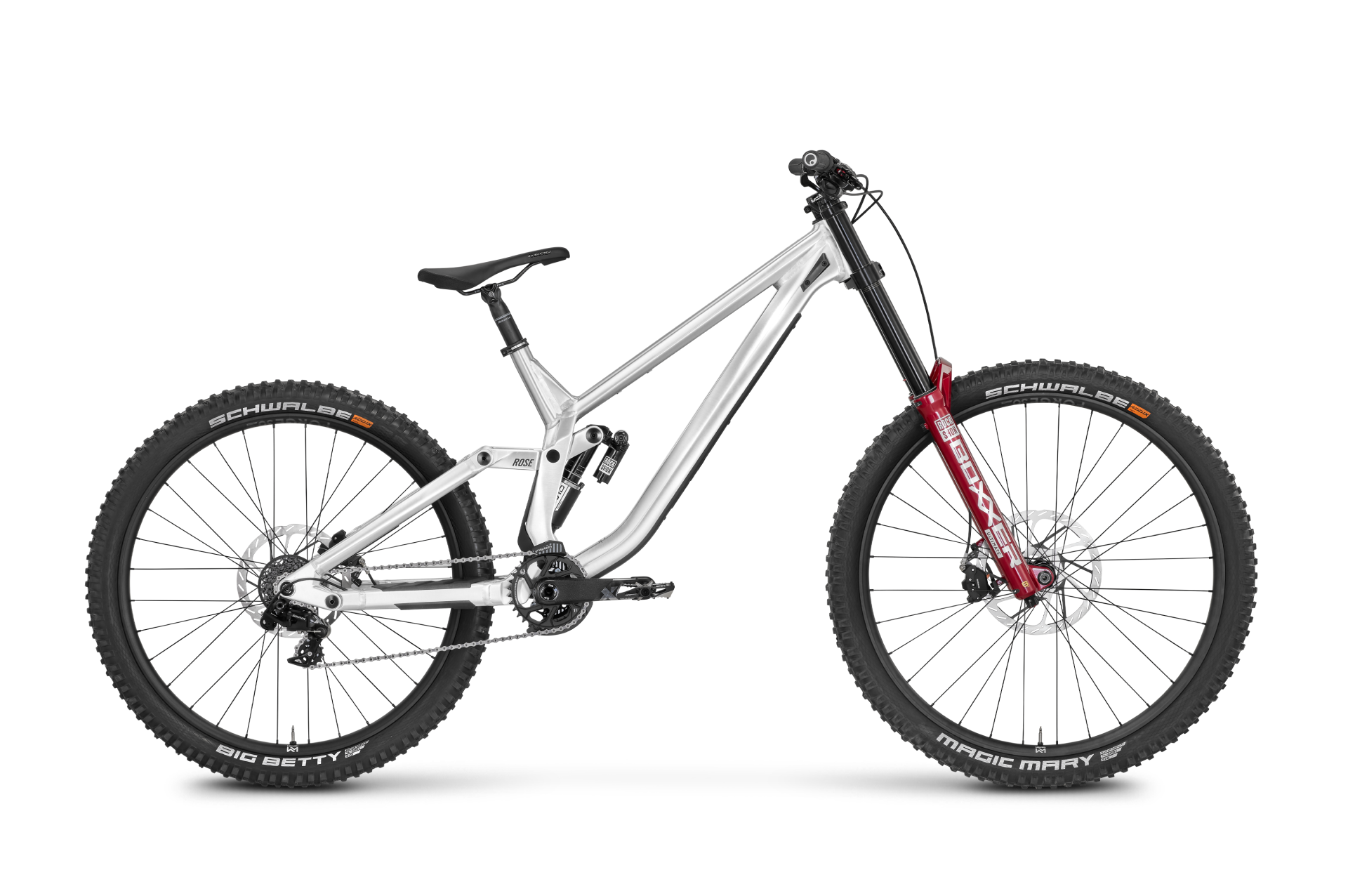)
)
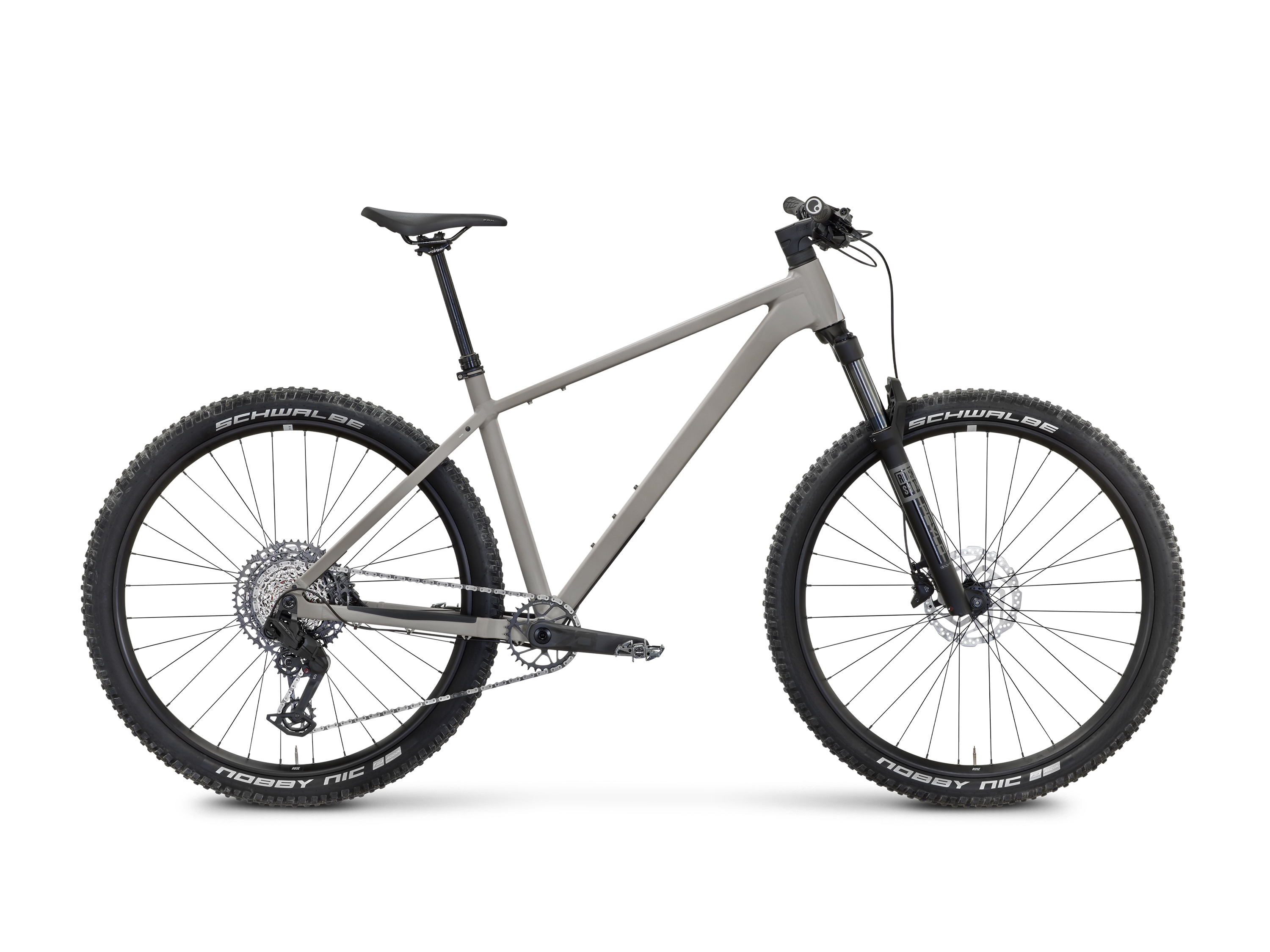)
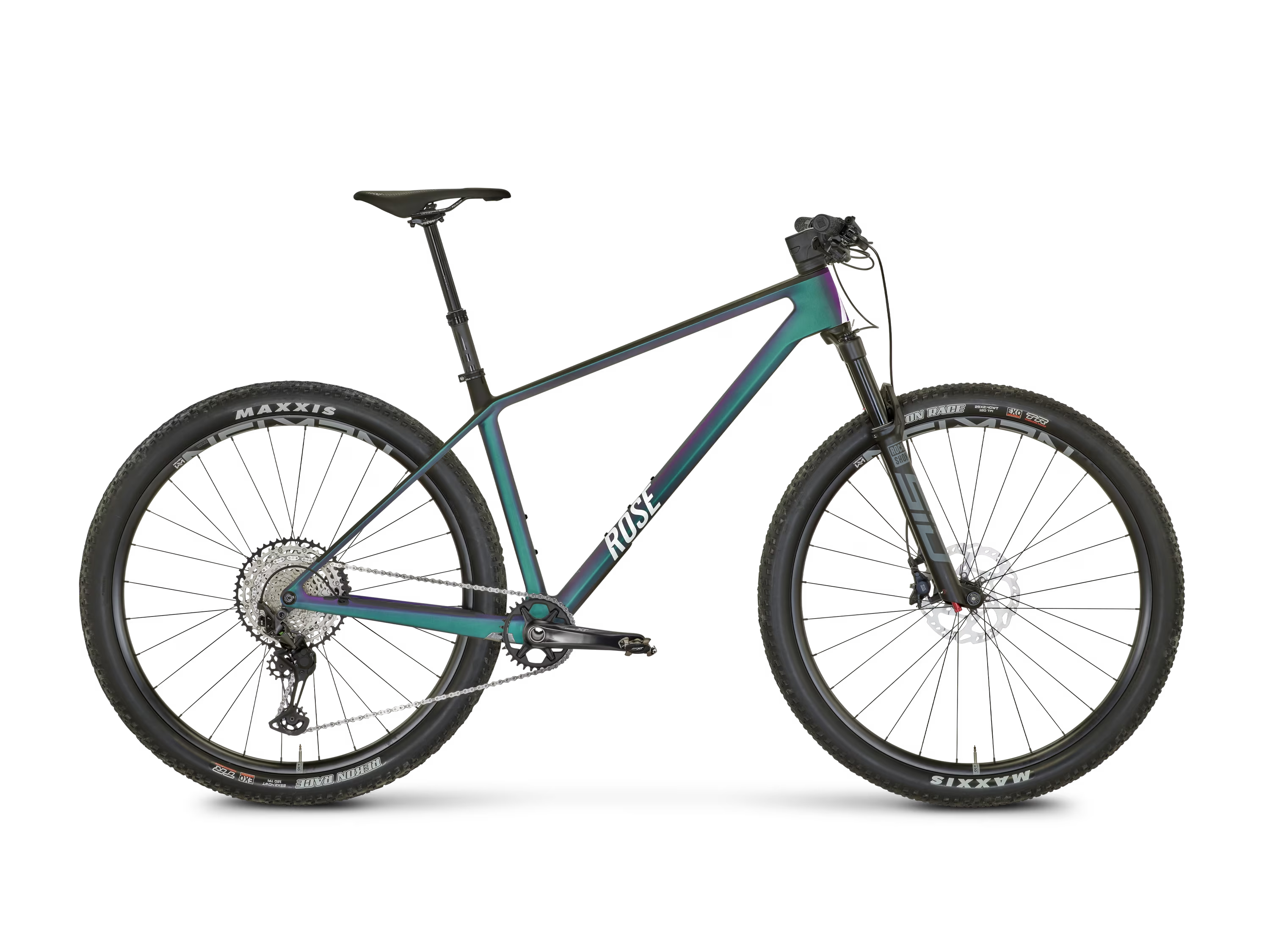)
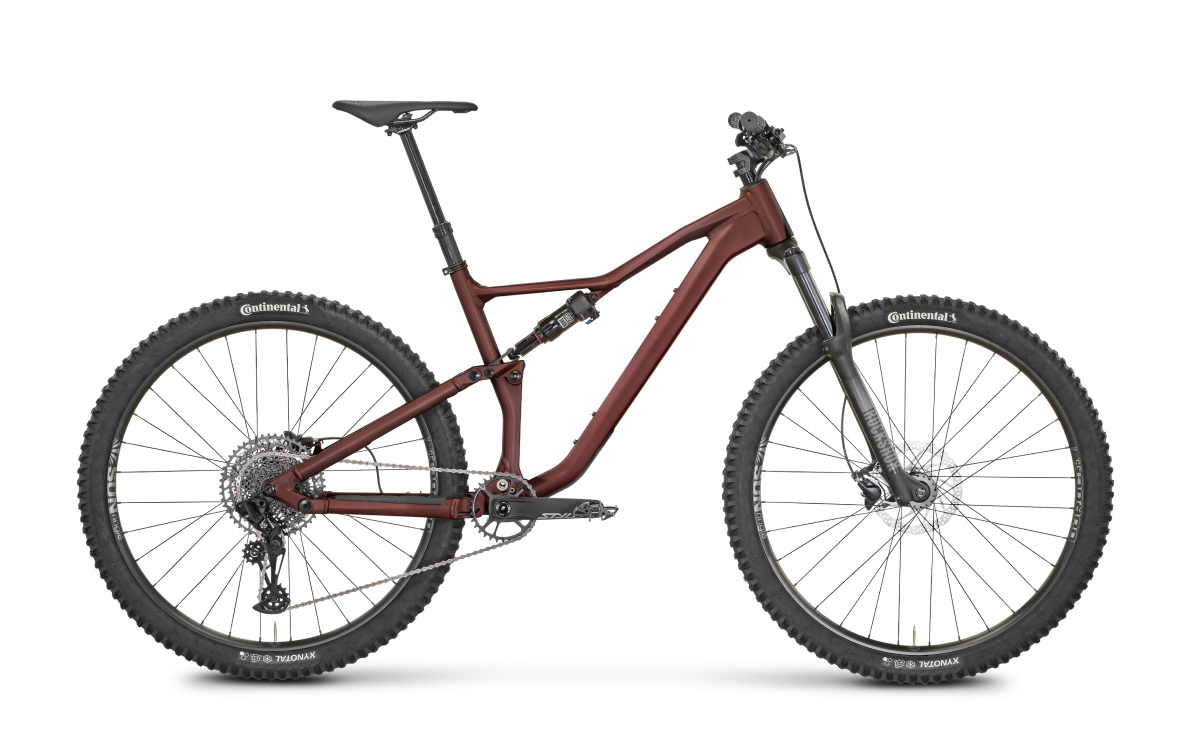)
)
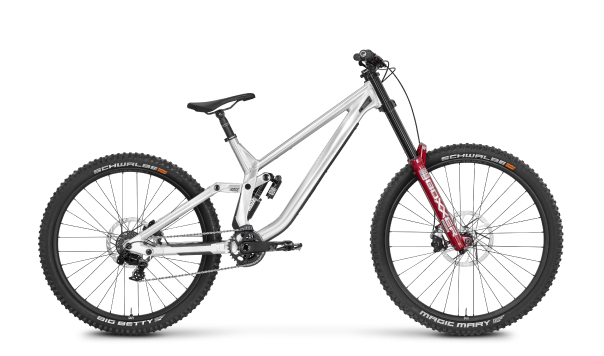)
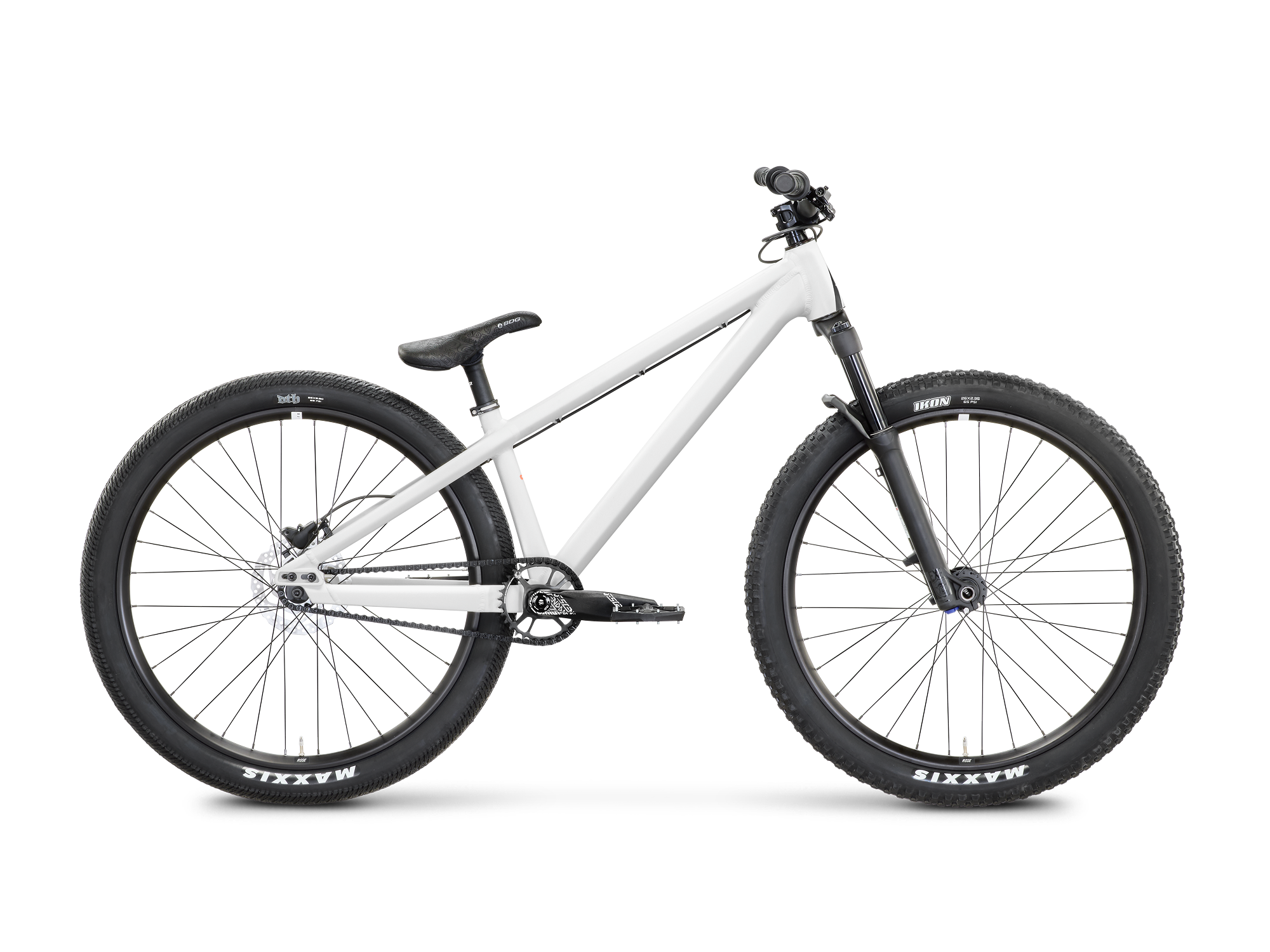)
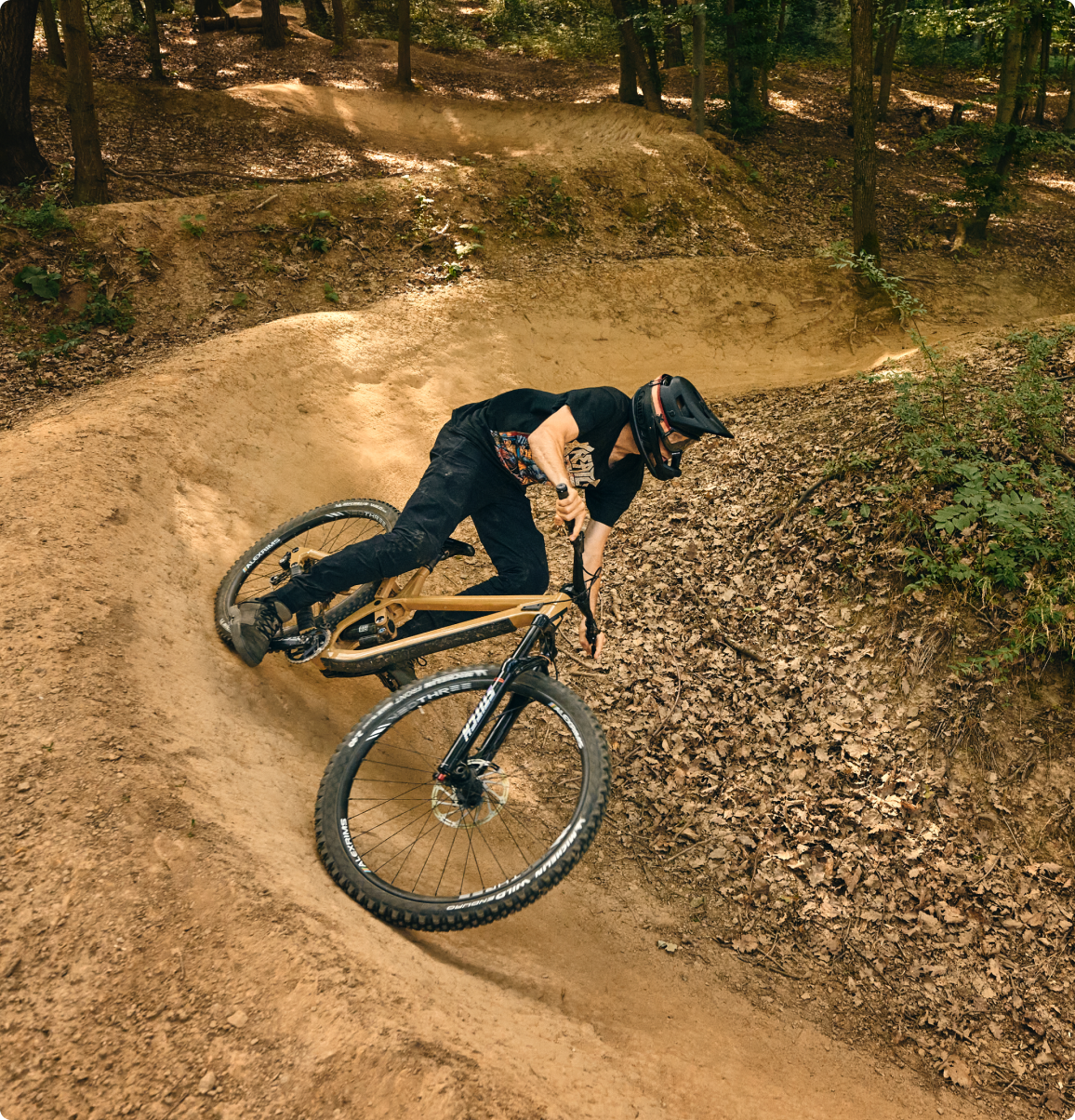)
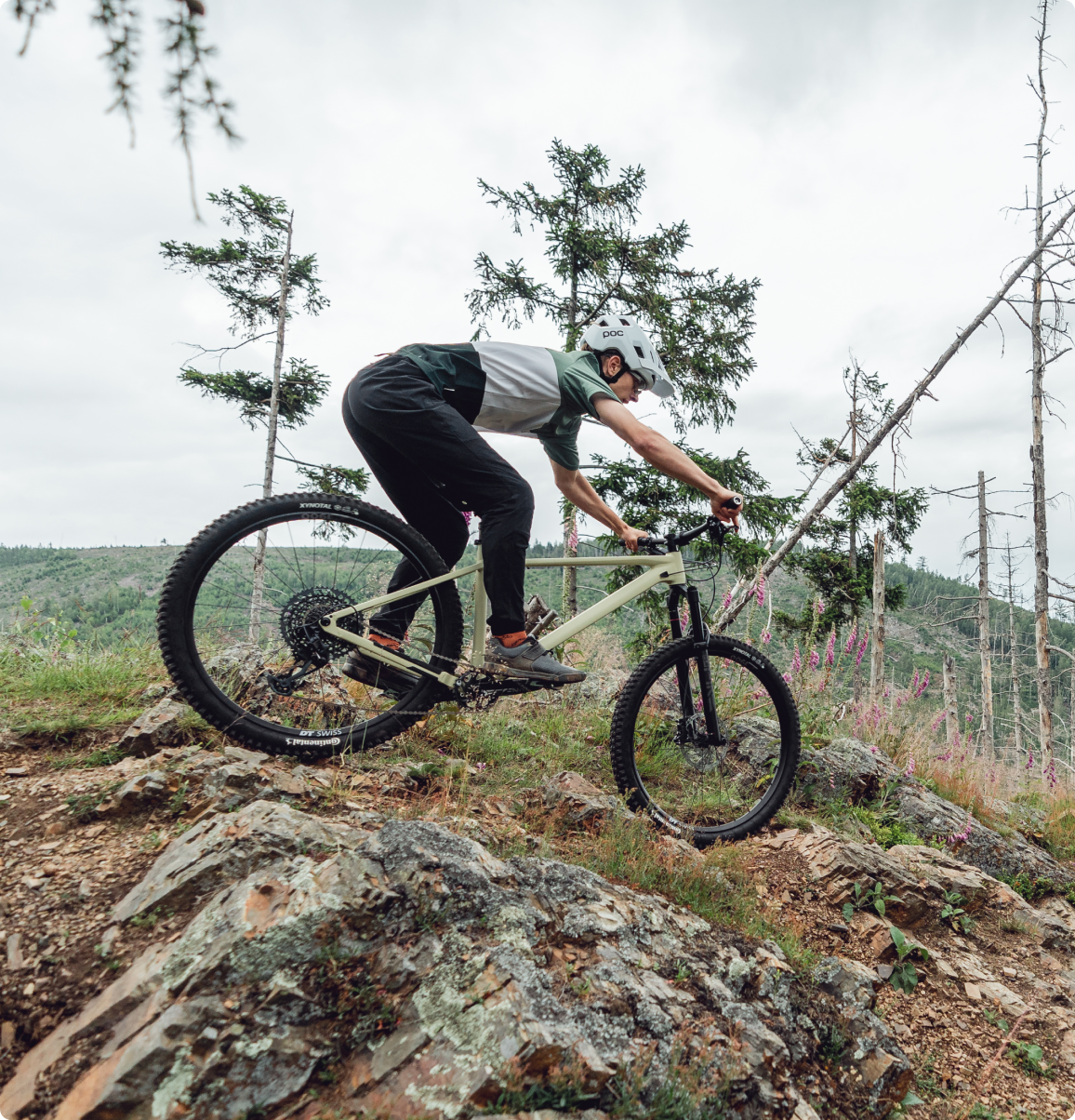)
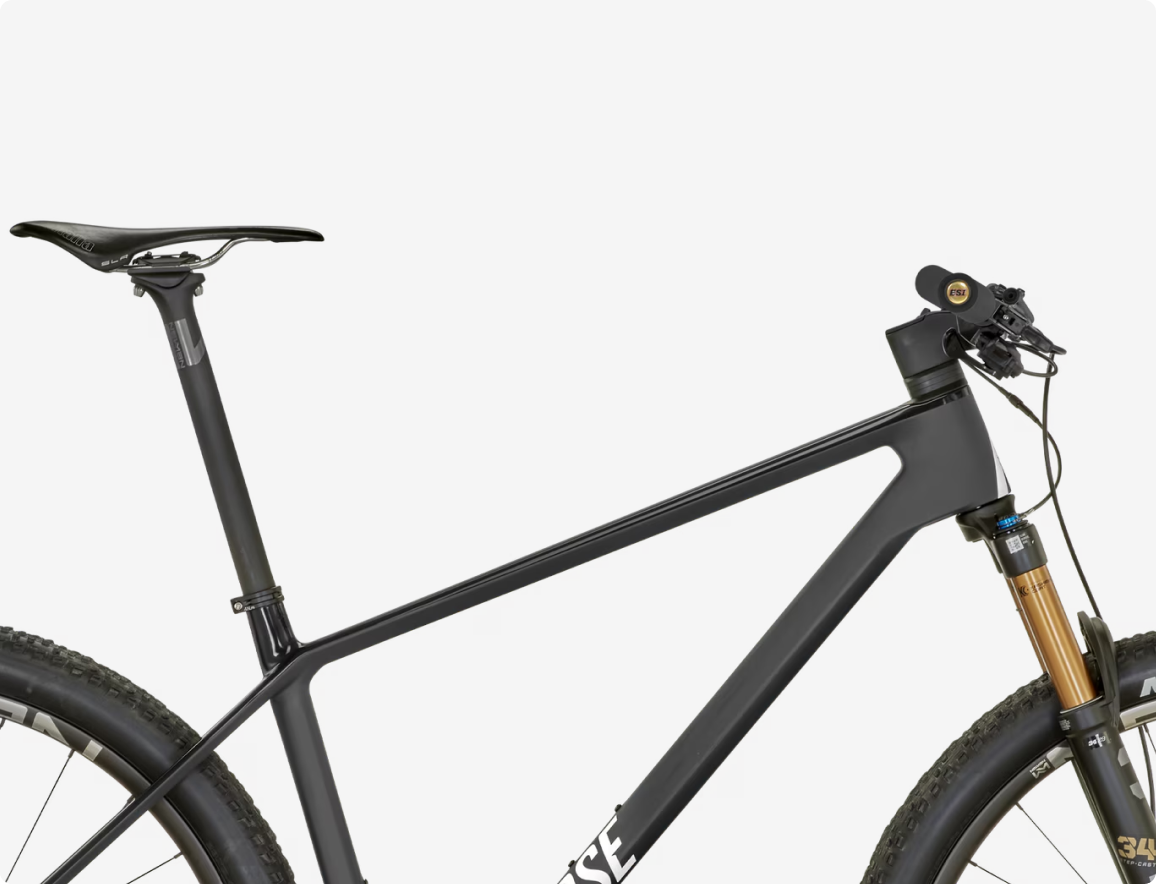)
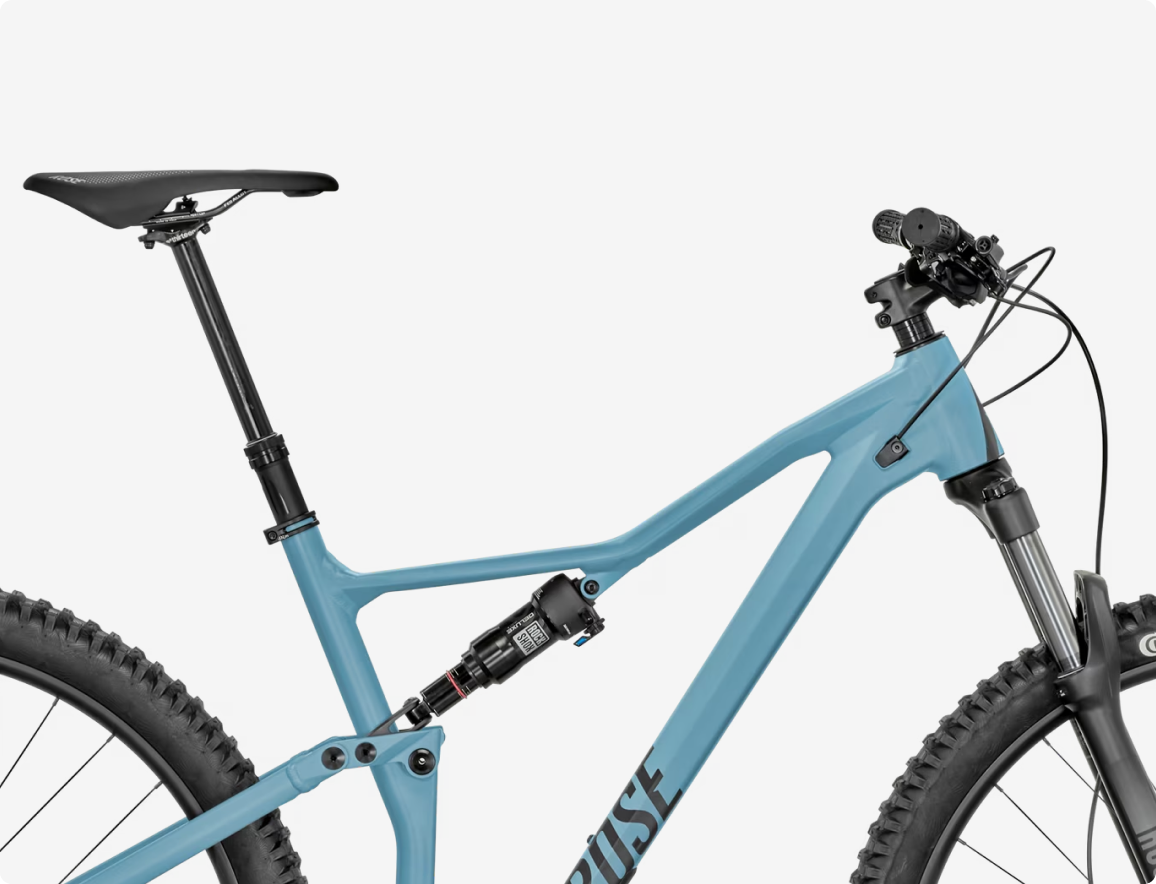)
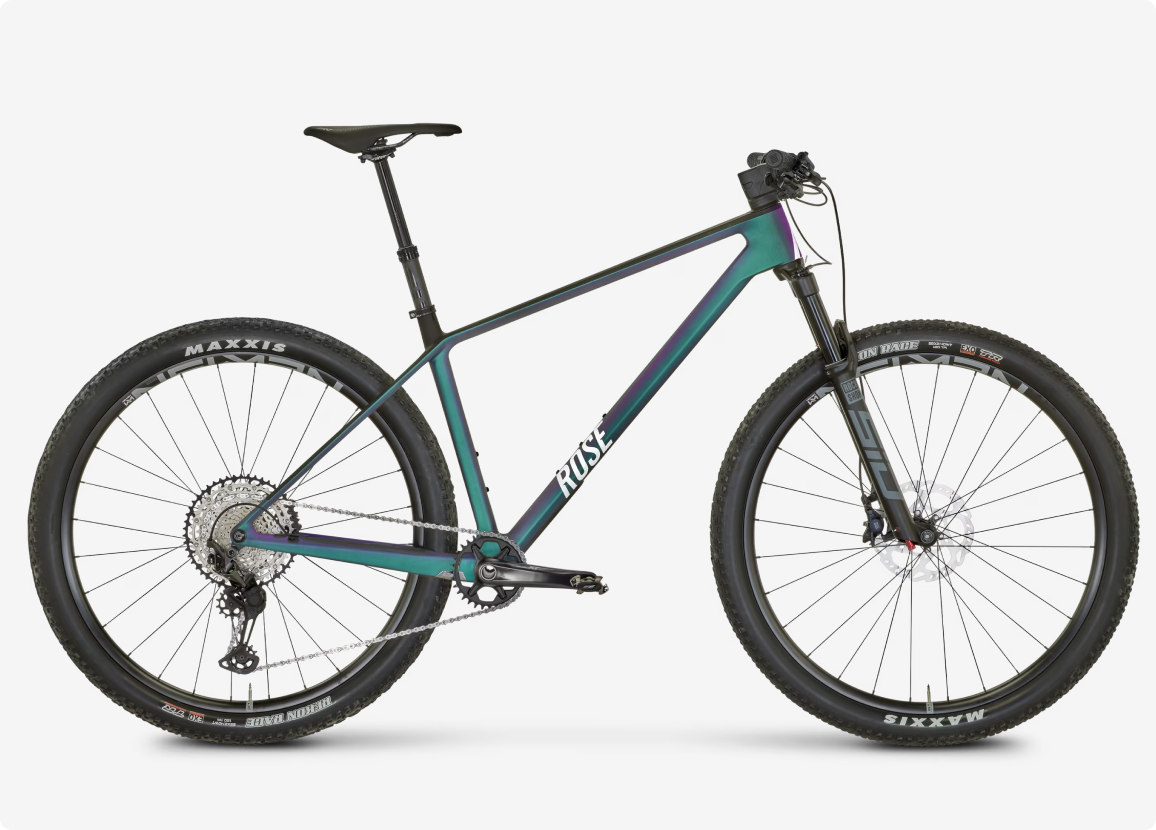)
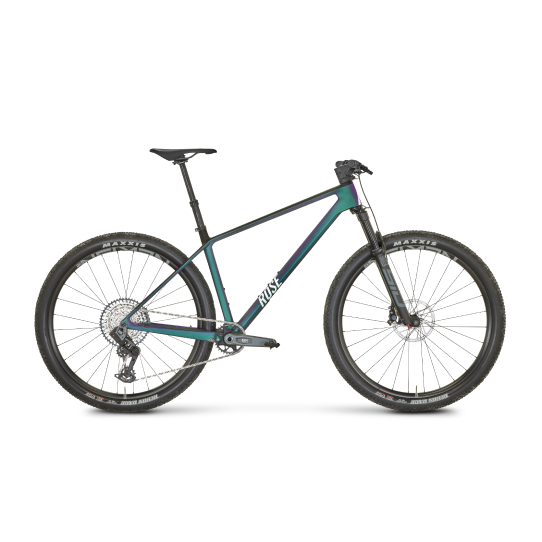)
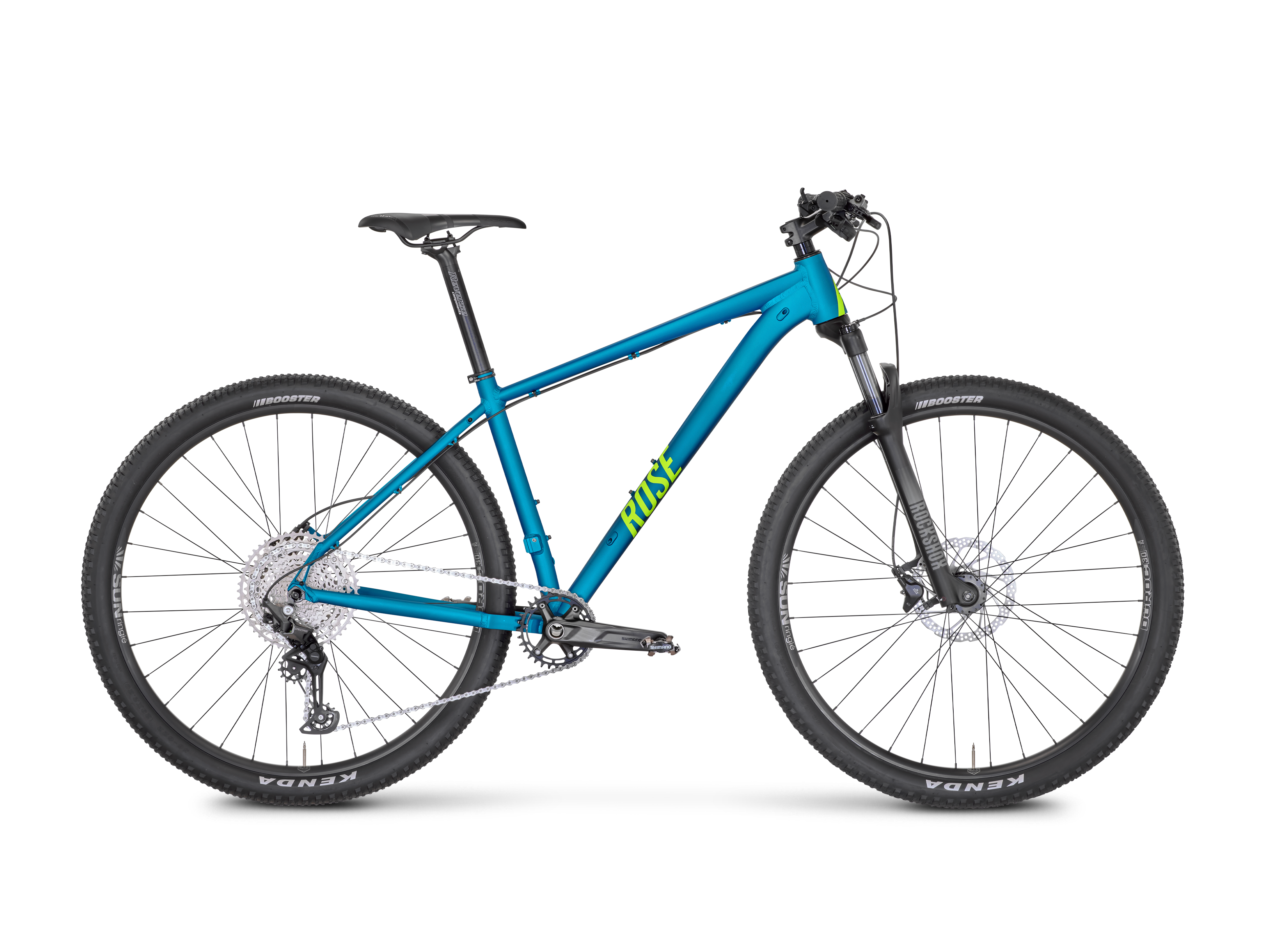)
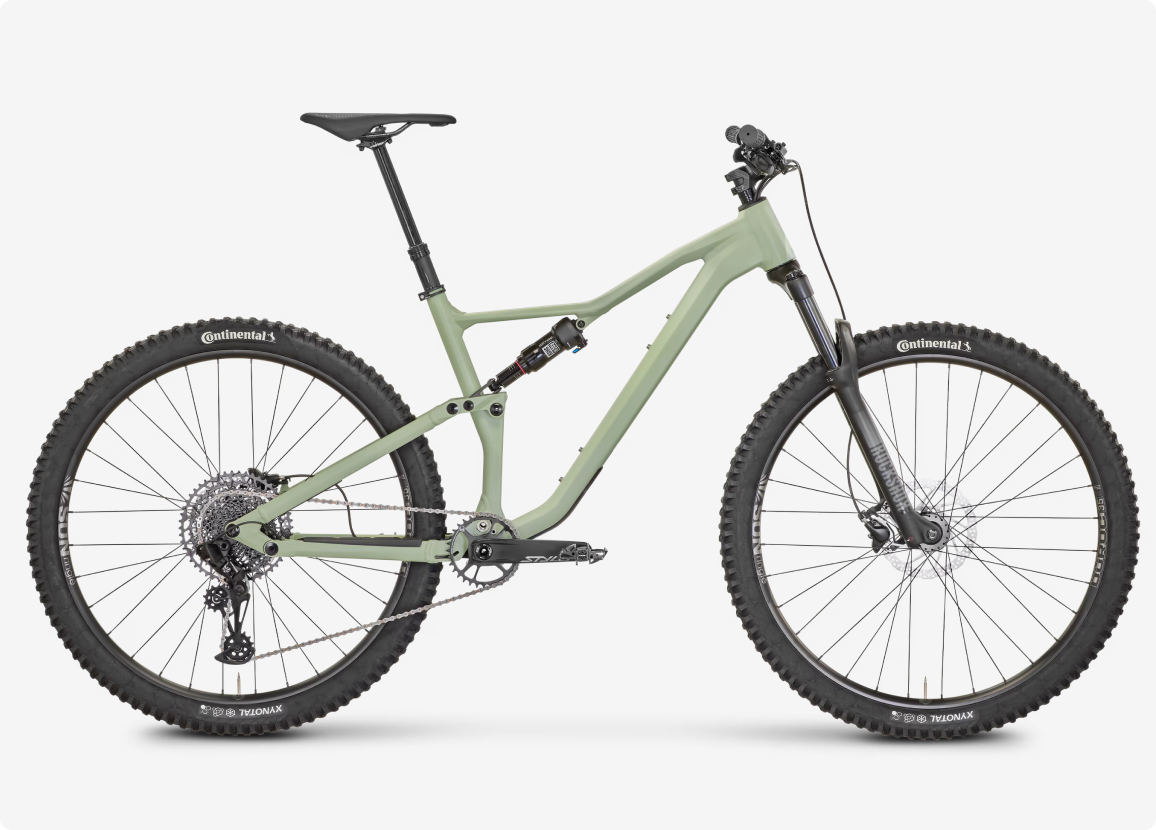)
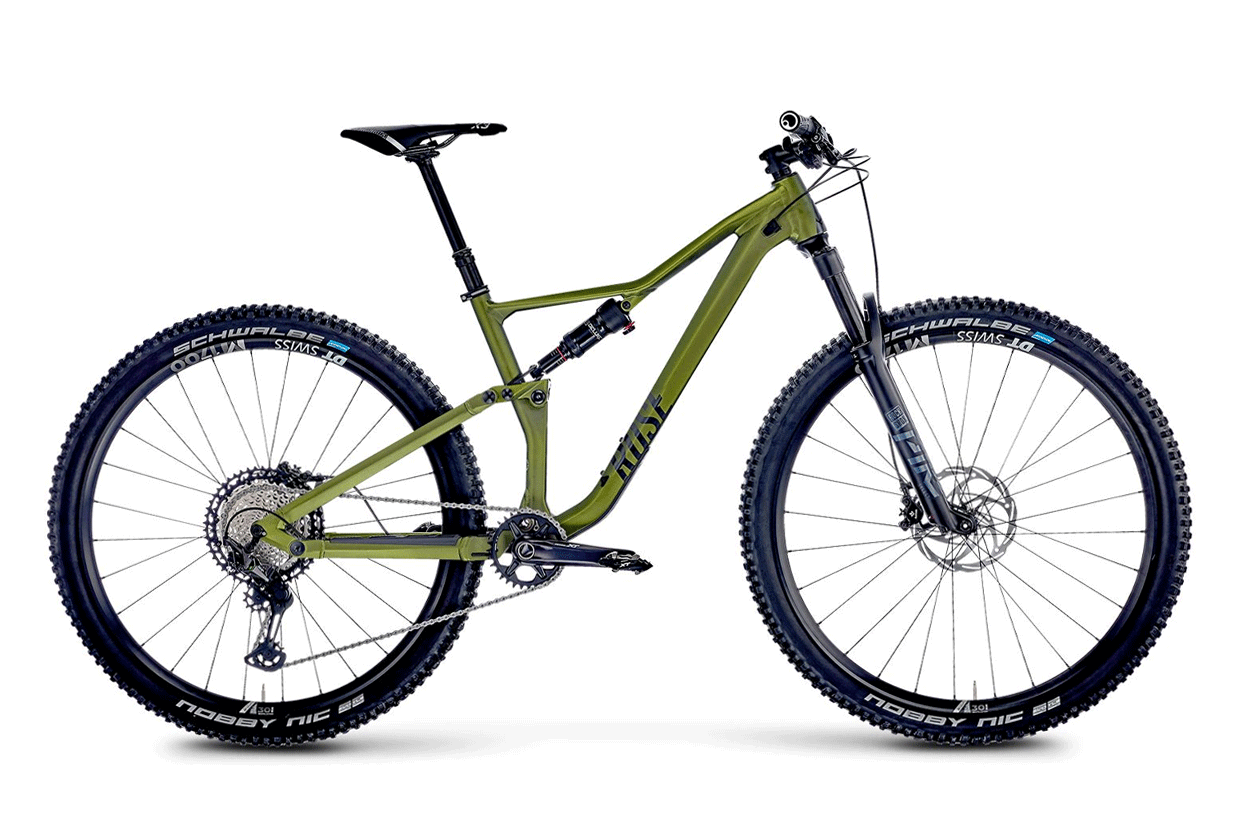)
)
)
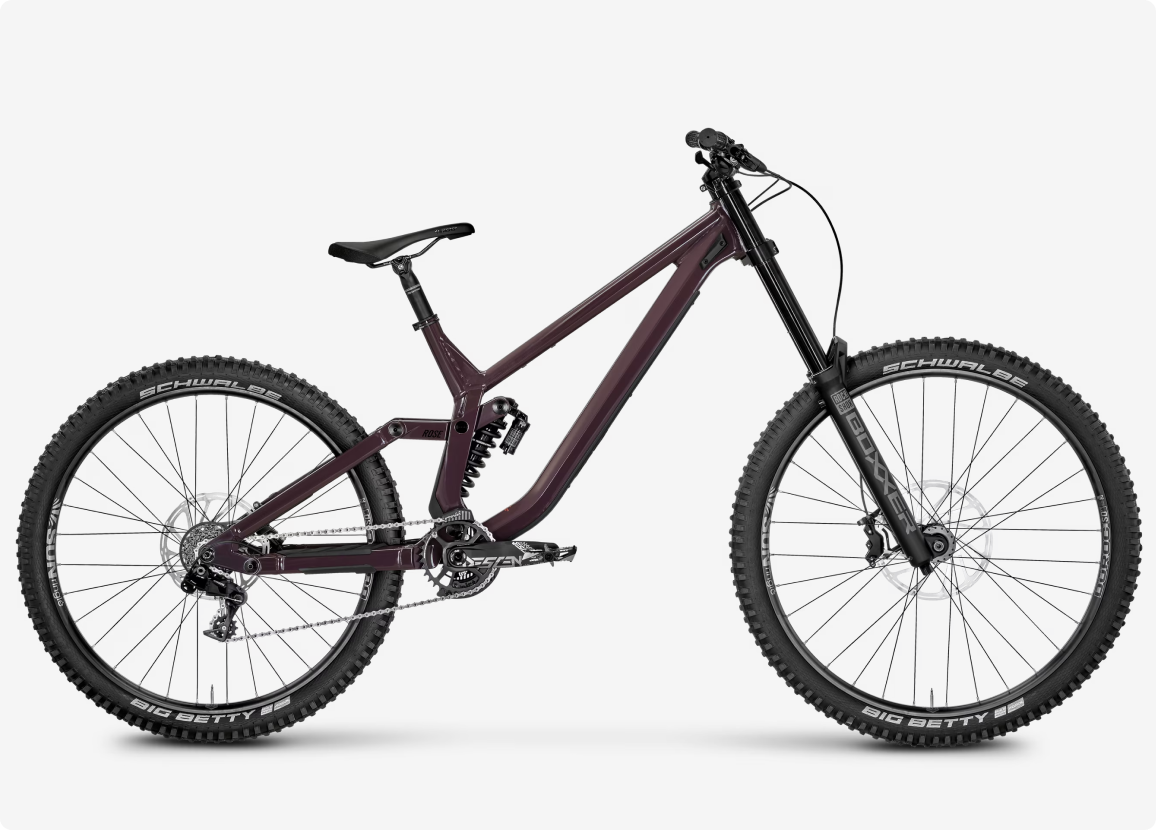)
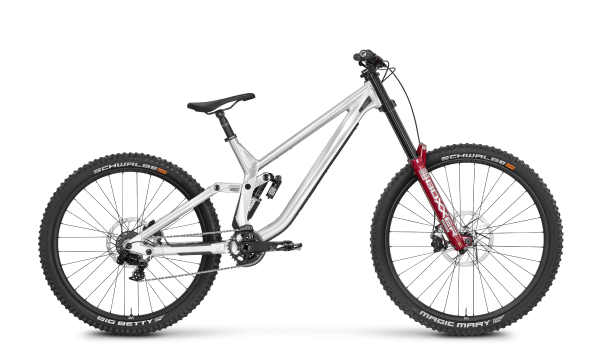)
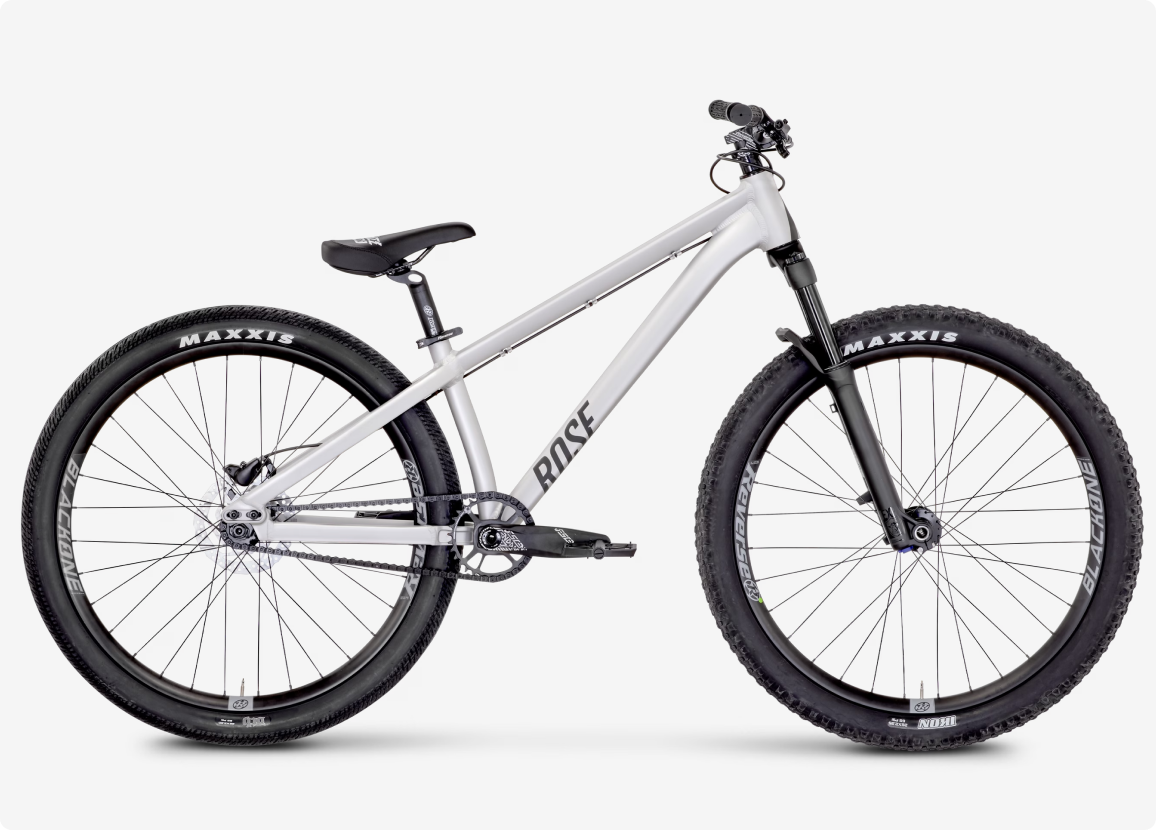)
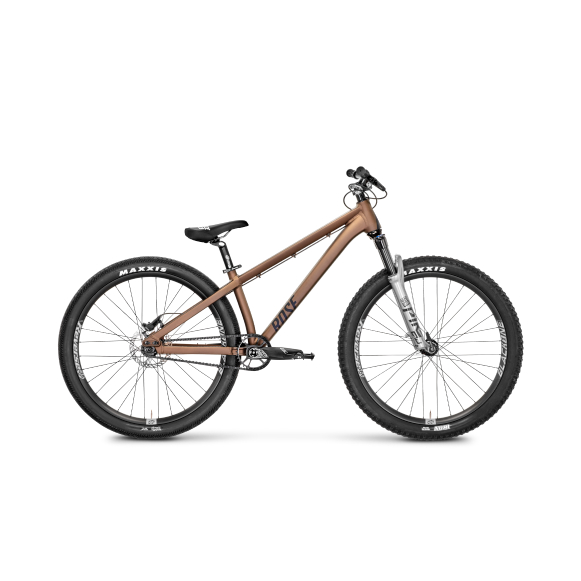)